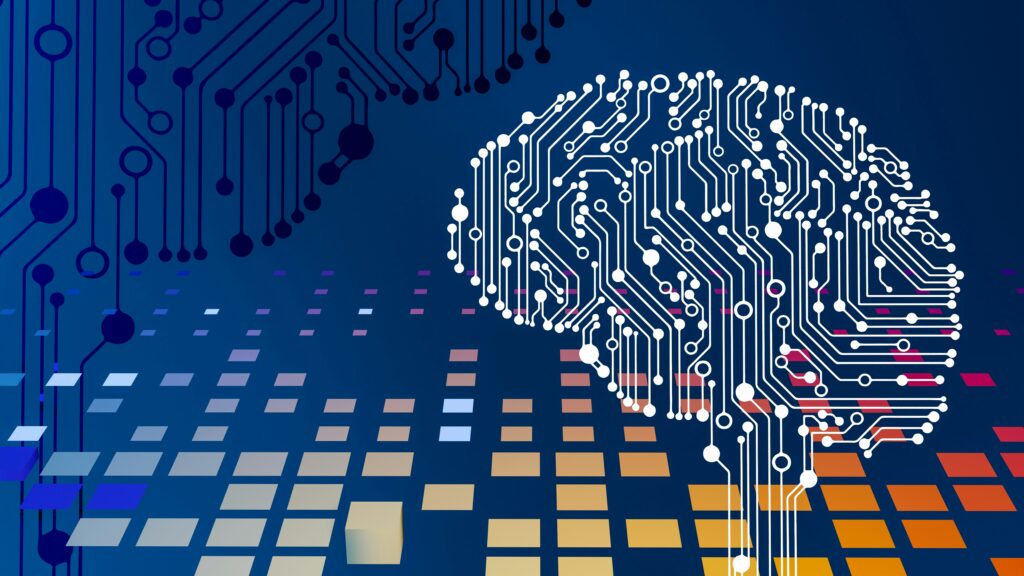In the ever-evolving world of aerospace, the use of AI in airframe load prediction is becoming increasingly significant. This technology is not only transforming the way we design and build aircraft but also enhancing safety and efficiency across the industry.

What is Airframe Load Prediction?
Before diving into the role of AI, it’s essential to understand what airframe load prediction entails. Essentially, it is the process of predicting the forces and stresses that an aircraft will encounter during its operation. These predictions are vital for ensuring the structural integrity and safety of the aircraft.
The Role of AI in Airframe Load Prediction
AI plays a crucial role in advancing airframe load prediction. By utilizing complex algorithms and machine learning techniques, AI systems can analyze vast amounts of data to predict loads more accurately than traditional methods. This capability is invaluable for engineers working on the cutting edge of aerospace technology.
Enhanced Accuracy
One of the primary benefits of using AI is the enhanced accuracy it offers. Traditional methods often rely on simplified assumptions and limited data. In contrast, AI-driven systems can process real-time data from various sources, leading to more precise predictions.
Efficiency in Design and Testing
With AI, engineers can significantly reduce the time required for design and testing. By simulating multiple scenarios and conditions, AI can identify potential issues before they occur, saving both time and resources.
AI’s Impact on Aircraft Safety
Safety is paramount in aviation, and AI is making substantial contributions in this area. By providing accurate load predictions, AI helps engineers design structures that can withstand various stresses without failure.
Preventing Structural Failures
Structural failures can have catastrophic consequences. AI aids in predicting and preventing these failures by identifying weak points in the design and suggesting improvements.
Real-time Monitoring
In addition to design, AI is used for real-time monitoring of airframe loads during flight. This capability allows for immediate adjustments, ensuring that the aircraft operates within safe parameters at all times.
Future Trends in AI and Airframe Load Prediction
The future of AI in airframe load prediction is promising, with ongoing advancements in technology and data analysis techniques.
Integration with Other Technologies
As AI continues to evolve, its integration with other technologies such as the drone swarming is becoming more prevalent. This synergy will lead to even more robust and efficient aerospace systems.
Machine Learning Enhancements
Machine learning is at the heart of AI advancements. Continued improvements in machine learning algorithms will further refine load predictions, making them even more reliable.
Challenges and Considerations
Despite its benefits, the use of AI in airframe load prediction is not without challenges.
Data Quality and Availability
One of the primary challenges is ensuring the quality and availability of data. AI systems rely heavily on data inputs, and any inaccuracies can impact the predictions.
Regulatory and Ethical Considerations
As with any emerging technology, regulatory and ethical considerations must be addressed. Ensuring compliance with industry standards and addressing privacy concerns are critical for the widespread adoption of AI solutions.
Conclusion
In conclusion, the use of AI in airframe load prediction is revolutionizing the aerospace industry. With its ability to provide accurate predictions, enhance safety, and improve efficiency, AI is set to become an indispensable tool for engineers and designers.

FAQ
What is airframe load prediction?
Airframe load prediction involves forecasting the forces and stresses an aircraft will encounter during operation to ensure its structural integrity and safety.
How does AI improve airframe load prediction?
AI enhances airframe load prediction by using complex algorithms and machine learning to analyze vast amounts of data, providing more accurate and efficient predictions.
What are the challenges of using AI in this field?
Challenges include ensuring data quality and availability, as well as addressing regulatory and ethical considerations for the widespread adoption of AI solutions.

